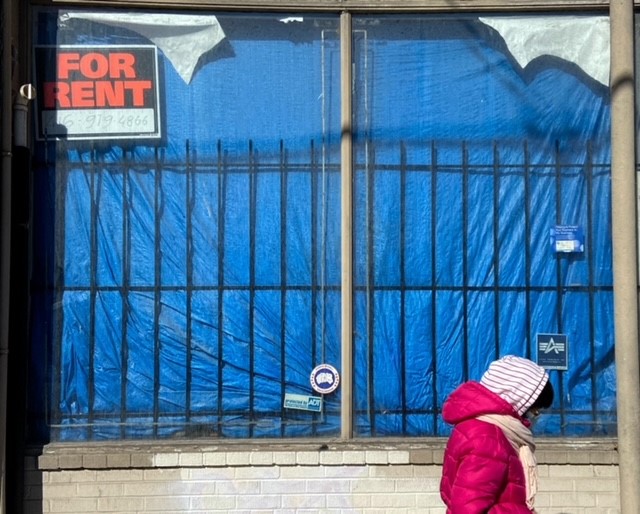Rush hour streets are, again, thick with traffic. Sidewalks, at times, are bustling with shoppers and office workers as we slowly get back to some semblance of order.
The pandemic is still not over, but we are returning to routines that have been removed from our lives for months.
Some things are not coming back.
The signs are everywhere.
That restaurant you used to regularly frequent has its windows papered up. What used to be your regular morning Starbucks has closed; and another one down the block, and another.
Space for Lease placards hang in windows at strip malls, at street level, or looming office towers. Once-busy retail strips, popular with the fashion-conscious, do not offer the selection of stores they used to.
For a while we are going to have to get used to all this emptiness.
It’s uncertain.
We’ve probably guessed it would be something like this, for more than a year we’ve been hearing how business is struggling.
We’ve all felt it.
But now, as we are again out and about, there is less and less choice.
It’s not just small independent stores; there are some national chains that have had their problems. Surely we will learn about more closures before we see any big grand openings.
Truth is, nobody knows where this economy is headed.
Politicians can gush and guess but that not the real truth. There have been economists that have tried to put a figure on the cost of COVID-19, and the answers might be as inflated as they are unbelievable.
However, the costs will, likely, be higher.
Many people no longer have the disposable income they used to have; some no longer have jobs.
The economy is fragile.
We, as humans, are fragile.
The signs are everywhere.

Leave a Reply